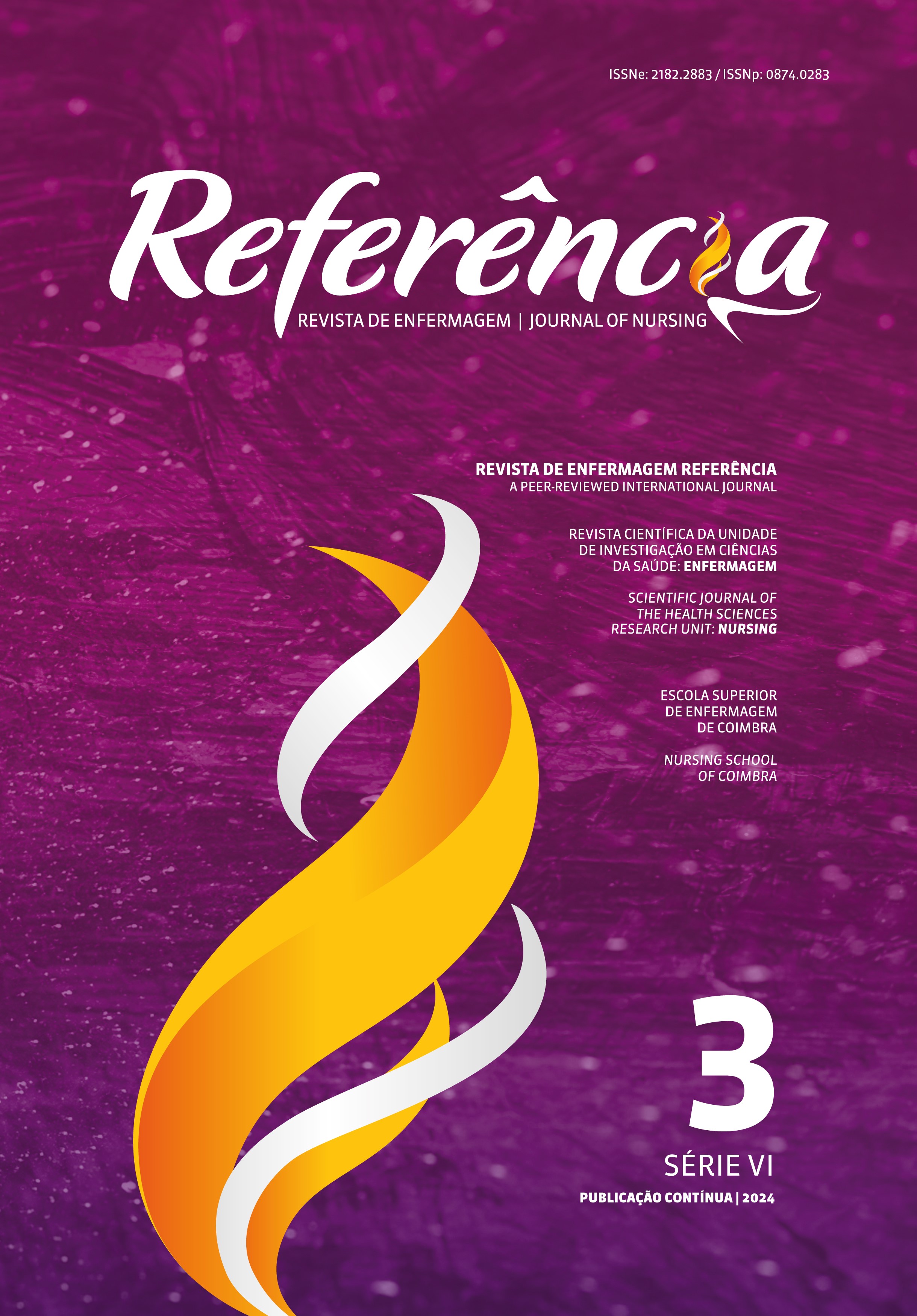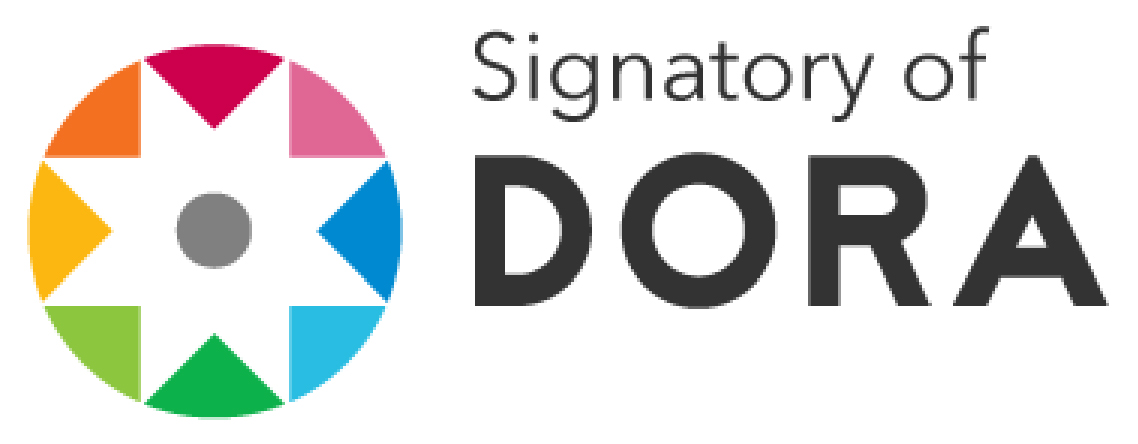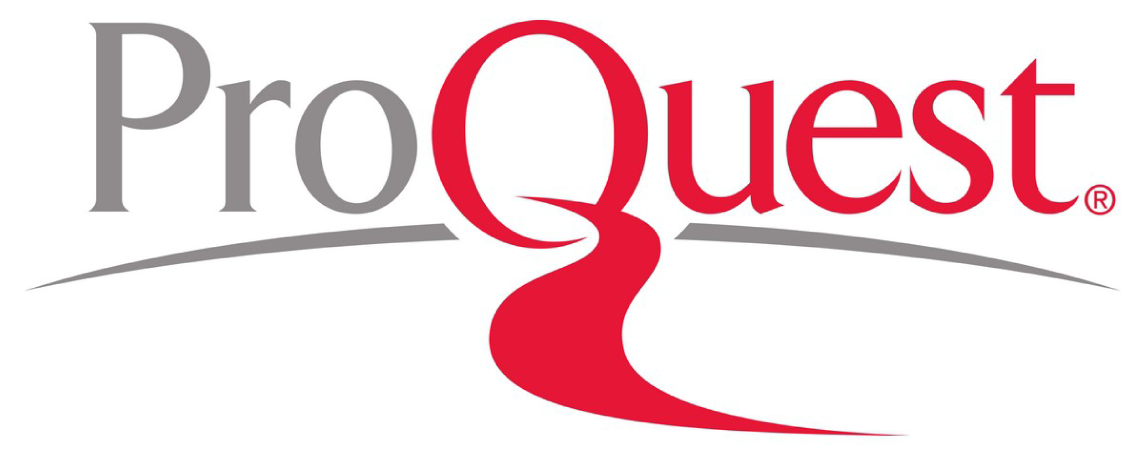Reactions to hair loss and coping strategies in adolescents with cancer
DOI:
https://doi.org/10.12707/RV20096Keywords:
adolescent, coping, cancer disease, hair loss, nursingAbstract
Background: Cancer in adolescence has a significant impact on psychological and physical development, and hair loss is a major cause of anxiety and stress.
Objectives: To identify emotional reactions to hair loss in adolescents with cancer, the most frequently used coping strategies, and those perceived as most effective; to analyze the relationship between emotional reactions and the strategies used and between demographic/clinical variables and emotional reactions, strategies used, and their efficacy.
Methodology: Quantitative, cross-sectional, descriptive-correlational study with a sample of 30 adolescents.
Results: Hair loss is a large/emergency problem, and sadness/crying and fear/irritability are emotions that best describe the adolescents’ reactions. The results also show the most frequently used strategies, those perceived as most effective, and the relationships between emotional reactions and coping strategies used and between demographic variables, emotional reactions, and strategies.
Conclusion: The knowledge of these adolescents’ reactions to hair loss and their coping strategies is essential for a more targeted nursing practice.
Downloads
References
American Cancer Society. (2014). Cancer, facts & figures 2014. Author. https://www.cancer.org/research/cancer-facts-statistics/all-cancerfacts-figures/cancer-facts-figures-2014.html
Burg, A. J. (2016). Body image and the female adolescent oncology patient. Journal of Pediatric Oncology Nursing, 33(1), 18-24. https://doi.org/10.1177/1043454214563759
Decker, C. L. (2008). Coping in adolescents with cancer: a review of the literature. Journal of Psychosocial Oncology, 24(4), 123-140. https://doi.org/10.1300/J077v24n04_07
Elsa Support. (2016). Problems and reactions. https://www.elsa-support.co.uk/problems-and-reactions/
Gameiro, M. (2012). Adaptação dos adolescentes com cancro na fase de tratamento: Uma revisão da literatura. Revista de Enfermagem Referência, 3(8), 135-146. https://doi.org/10.12707/RIII1273
Hockenberry, M., & Wilson, D. (2016). Wong: Enfermagem da criança e do adolescente (9ª ed.). Lusociência.
Lazarus, R., & Folkman, S. (1984). Stress, appraisal and coping. Springer.
Lee, M.-Y., Mu, P.-F., Tsay, S.-F., Chou, S.-S., Chen, Y.-C., & Wong, T.-T. (2012). Body image of children and adolescents with cancer: A metasynthesis on qualitative research findings. Nursing and Health Sciences,14(3), 381-390. https://doi.org/10.1111/j.14422018.2012.00695.x
Lima, A., & Enumo, S. (2014). Enfrentamento em crianças portuguesas hospitalizadas por câncer: Comparação de dois instrumentos de avaliação. Estudos de Psicologia, 31(4), 559-571. https://doi.org/10.1590/0103-166X2014000400010
Minanni, C., Ferreira, A., Sant’Anna, M., & Coates, V. (2010). Abordagem integral do adolescente com diabetes. Adolescência & Saúde, 7(1), 45-52. https://cdn.publisher.gn1.link/adolescenciaesaude.com/pdf/v7n1a09.pdf
Moules, N., Estefan, A., Field, J., Laing, C., Schulte, F., & Strother, D. (2017). A tribe apart: Sexuality and cancer in adolescence. Journal of Pediatric Oncology Nursing, 34(4), 295-308. https://doi.org/10.1177/1043454217697669
Pascual, A., Conejero, S., & Etxebarria, I. (2016). Coping strategies and emotion regulation in adolescents: Adequacy and gender differences. Ansiedad Y Estrés, 22(1), 1-4. https://doi.org/10.1016/j.anyes.2016.04.002
Pérez, A., & Martínez, V. (2015). Adolescencia y cáncer. Psicooncología, 12(1), 141-156. https://doi.org/10.5209/rev_PSIC.2015.v12.n1.48909
Sorgen, K., & Manne, S. (2002). Coping in children with cancer: Examining the goodness-of-fit hypothesis. Children’s Health Care, 31(3), 191-207. https://doi.org/10.1207/S15326888CHC3103_2
Spirito, A., Stark, L., & Williams, C. (1988). Development of a brief coping checklist for use with pediatric populations. Journal of Pediatric Psychology, 13(4), 555-574. https://doi.org/10.1093/jpepsy/13.4.555
Williamson, H., Harcourt, D., Halliwell, E., Frith, H., & Wallace, M. (2010). Adolescents’ and parents’ experiences of managing the psychosocial impact of appearance change during cancer treatment. Journal of Pediatric Oncology Nursing, 27(3),168-175. https://doi.org/10.1177/1043454209357923
Young, A., & Arif, A. (2016). The use of scalp cooling for chemotherapy-induced hair loss. British Journal of Nursing, 25(10), 22-27. https://doi.org/10.12968/bjon.2016.25.10.S22























